Rayon fabric, modal fabric, lyocell fabric (Tencel), and Cupro are made of cellulosic fibers. Cellulosic fibers are made of a natural polymer called cellulose. The cellulose used to make fabrics is often sourced from wood pulp and occasionally from bamboo.
Cellulose is an extremely abundant natural polymer. It is a structural component found in all plants. For example, cotton fiber is 90% cellulose, wood is usually 40-50% cellulose, and hemp is about 57% cellulose. The cellulose is rendered soluble from its source by a chemical process. This means it is stripped from the plant and dissolved into a thick liquid solution. The thick liquid (known as a viscous solution) is then spun into fiber. The fiber is then used to make yarns and knit or woven into fabric.
So are modal, rayon, lyocell, and Cupro natural fabrics or synthetic fabrics? How sustainable are these fabrics and the clothing made from them? Let’s take a look.
Rayon, modal, lyocell, and Cupro fall under the group known as semi-synthetic fabrics. They are man made through a chemical process that treats the natural raw material of cellulose. Rayon fabric was developed first and modal fabric was developed as an answer to rayon’s weaknesses. Then, lyocell was manufactured to further improve upon rayon and modal fabrics. Now, let’s look at their basic properties.
what is rayon fabric?
Rayon fabric was first created in 1855. At the time, it was highly regarded as ‘artificial silk‘. It is an extremely versatile fabric and can imitate cotton, wool, silk, and linen in texture and feel. Rayon fabric feels soft and is very breathable. Rayon fabric is also easily dyed and known in the garment world to be a comfortable wear. It does not pill easily, unlike acrylic clothing.
what is viscose or viscose rayon?
Rayon is sometimes referred to as viscose, or viscose rayon. The name viscose comes from the viscous solution that is created in the process of making rayon.
what is the environmental impact of rayon?
Rayon is most commonly made from cellulose extracted from beech trees, pine trees, and bamboo. Though these are renewable resources that can benefit the environment during growth, the process used to extract the cellulose to make rayon uses harsh chemicals. Carbon disulfide, a highly toxic chemical and known to be a human reproductive hazard, is used as a solvent in the beginning of the process. Ammonia, caustic soda, sodium hydroxide, sulphuric acid, and acetone are also commonly used in the process to extract the cellulose from the wood pulp and to soften bamboo fibers. Further, most factories do not have high recovery rates of the solvent (most are near 50%). This means the hazardous solvent is released into the environment.
is rayon fabric synthetic?
No, rayon is not synthetic. It is a semi-synthetic fabric. Unfortunately, due to the high environmental impact of the production of rayon, we suggest avoiding it. But don’t lose hope! Keep reading for some great developments of the semi-synthetic family that yielded fantastic alternatives. Now, let’s look at how rayon compares to modal.
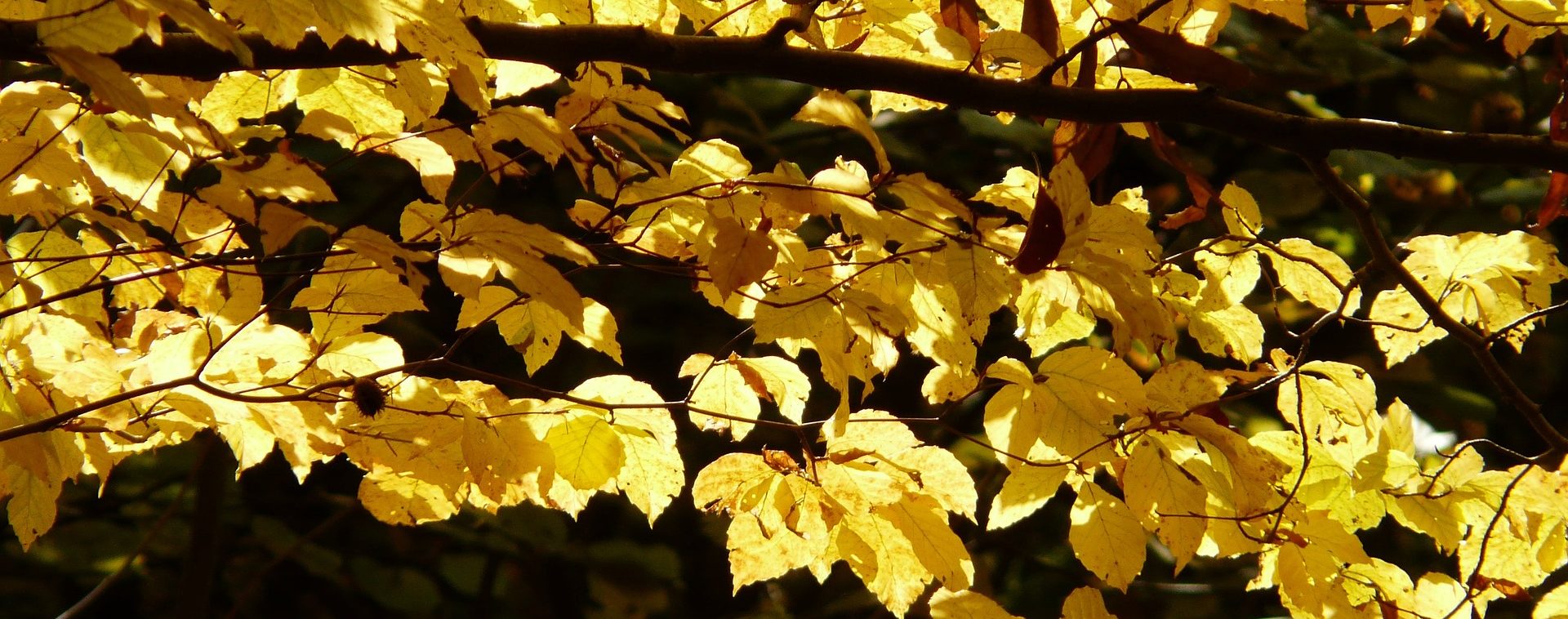
what is modal fabric?
Modal fabric was essentially developed to improve the weaknesses of rayon. It is most commonly made from the cellulose of beech trees. Modal fabric is stronger when wet and softer to the touch than rayon. The final product feels very similar in touch to cotton. Modal is a highly breathable fabric and does not trap perspiration or odors. Though very similar in feel and many properties to cotton, modal is lighter weight than cotton. When cotton and modal material are blended, the resulting fabric is lighter than an all cotton textile. Modal clothing often has a characteristic drape. Modal is sometimes referred to as ‘modal rayon’.
what are the properties of modal fabric?
Modal fabric is a wear resistant and soft textile that is extremely versatile. Modal clothing does not shrink or lose its shape when machine washed and tumble dried. Clothing made from modal is also resistant to fading and greying. Created as a second generation to rayon, modal has many of the same properties, but a higher wet strength than rayon fabric and increased softness. A ‘higher wet strength’ means that modal fabric is more resistant to tears and damage when it becomes wet.
Modal fabric acts very similarly to cotton when treated with different finishing techniques. Modal can be easily treated to increase strength and shine. The dying process of modal is very similarly to cotton as well, and the fabric is color-fast after being washed in warm water. Modal is highly absorbent (around 50% more absorbent than cotton). This high rate of absorbency prevents clothing from feeling sweaty or sticky.
what is modal fabric used for?
Modal fabric is a popular option for products with high body contact, such as lingerie, undergarments, pajamas, bath towels, robes, and bedsheets. Modal fibers are commonly blended with cotton, wool, or synthetic fibers to create blends. Since modal is highly absorbent and breathable, it is often used for activewear. Though not stretchy itself, when blended with just 5% spandex, modal creates a breathable and stretchy piece. Find out more about the advantages of natural fiber underwear here and the advantages of natural fiber activewear here.
what is the environmental impact of modal?
The environmental impact of modal depends hugely on the manufacturer. Lenzing, an Austrian company who you will read more about below, is a superstar of the semi-synthetic world. They make a modal fabric using cellulose from beech trees. Beech trees propagate by themselves, needing no irrigation or seeding. Lenzing sources over half of the beech trees from local farms in Austria, with the remainder imported from neighboring countries. They also source exclusively from forests that use sustainable farming methods. Lenzing uses a gentle treatment to turn the beech wood into modal fabric. The manufacturer also recovers 95% of the material used in production.
is modal biodegradable?
Yes, modal is biodegradable. Modal is made from cellulose extracted from wood fiber, so it will break down much faster than synthetic fabrics. Now keep reading to see how modal fabric compares to Tencel lyocell.

what is lyocell? what is Tencel?
Lyocell fabric is also known by the brand name Tencel. Tencel is produced by the Austrian textile group Lenzing. Lyocell fabric further improves on the semi-synthetic cellulosic fibers of rayon and modal by using nanotechnology. No joke! You might be wearing nanotechnology and not even know it – check it out:
what are the properties of Tencel (lyocell) fabric?
The manufacturing process of lyocell isolates nanofibrils in the cellulose. These are essentially tiny fibers of cellulose that have properties that are easier to manipulate, mostly due to their size.
The nanofibrils are hydrophilic, so they love water and absorb moisture quickly. This makes lyocell fabrics excellent for cooling and regulating body temperature.
As the nanofibrils absorb water and moisture, they move the absorbed moisture into the fiber, rather than leaving it on the surface where bacteria grows (like what happens with synthetic fabrics). Synthetic fiber clothing will host hundreds to thousands times more bacteria over the same amount of time between washes as lyocell. Lyocell fabric is naturally (without any chemical treatment) antibacterial. This means lyocell clothing is less prone to odors, allowing you to wear and wear before you wash! Not only does this save water and energy by less washes, but it helps increase the longevity of your clothing as well.
Lyocell fabric is also naturally hypoallergenic and extremely gentle on sensitive skin. This is, again, thanks to the nanofibrils. Since the nanofibrils are so small, lyocell is smoother to the touch on a microscopic level and beats modal, cotton, and wool in smoothness. This also makes lyocell anti-static. You can also forgo the fabric softener when washing lyocell clothing, because it is not needed on this super soft fabric.
what does Lyocell fabric feel like?
The final form of lyocell is extremely easy to manipulate. Lyocell fabric can look and feel like anything from suede to silk to denim. It is also often utilized as a fill material, due to its efficient moisture management properties and temperature regulating abilities.
is Lyocell stretchy?
Yes, a fabric that is 100% Lyocell can be stretchy. Lyocell fabric can be manipulated to be stretchy without being blended with synthetic elastomeric fibers like spandex.
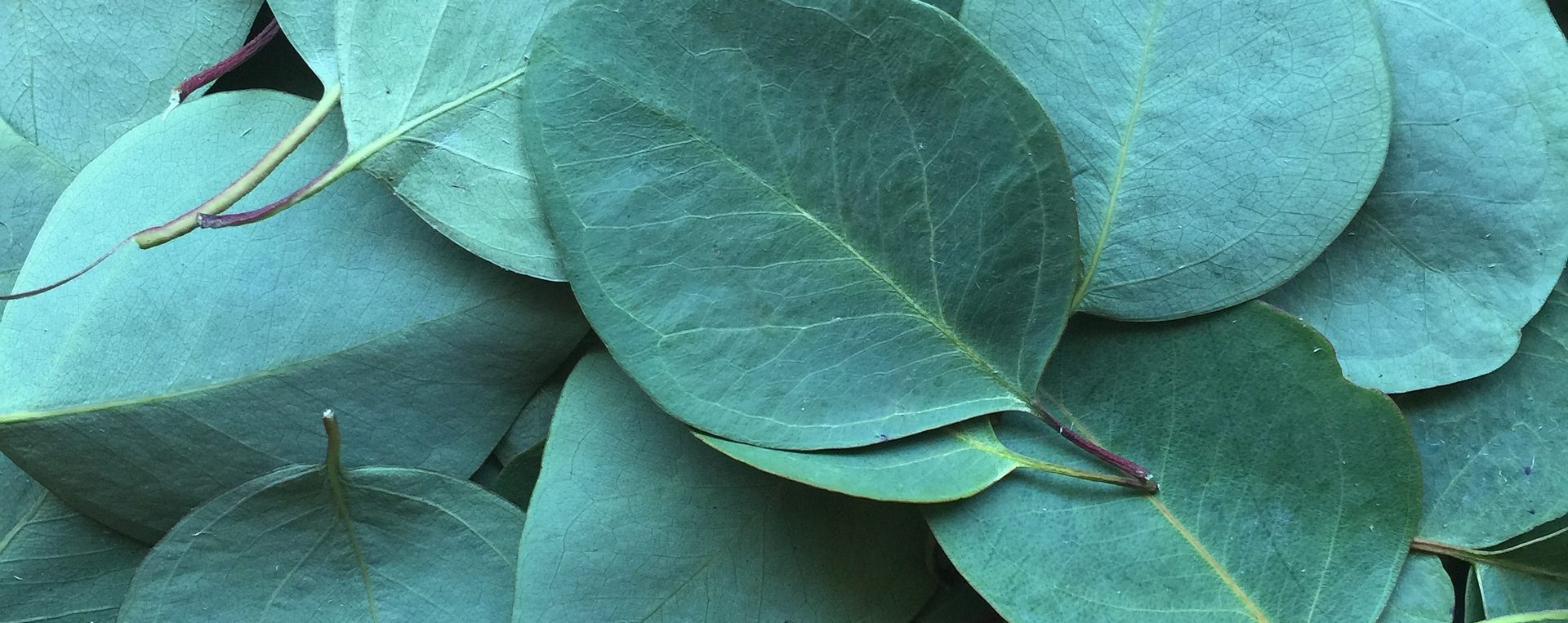
what impact do rayon, modal, and lyocell have on the environment?
The fibers of rayon, modal, and lyocell are biodegradable. The cellulose for these fabrics is sourced from renewable plants including beech trees, pine trees, bamboo, and eucalyptus trees.
The company Lenzing is a reliable source for these fabrics. Lenzing sustainably harvests the trees that they use to source cellulose. They create viscose (a variation of rayon) and modal from sustainably harvested beech trees. Lyocell (Tencel) is created from sustainably harvested eucalyptus trees. Eucalyptus trees can thrive on land that is not fertile enough for food crops. It’s a hearty tree that grows quickly, requires no irrigation, no treatment with pesticides, and no fertilizer. Eucalyptus trees use 20 times less water than cotton. You could say eucalyptus grows like a weed – a very helpful weed.
Lenzing also now recycles the chemicals used during their production process. When making Tencel, Lenzing reuses up to 99.8% of the non-acidic solvent used to extract the cellulose. The other 0.2% of the solvent is broken down in biological water treatment plants. None of the solvent remains in the produced fiber, and further, the solvent is non-toxic and yields innocuous in dermatology tests.
Unfortunately, there are a number of producers of rayon, modal, and lyocell, and many of these use polluting chemicals to grow, harvest, and manufacture. So as always, we need to check our sources.

what is Cupro material?
Cupro is a semi-synthetic fabric derived from an often overlooked part of the cotton plant: cotton linter. Cotton linter is a downy and short fiber that encases the seeds of a cotton plant. Before Cupro, cotton linter was often discarded as an unusable bit of cotton.
The cotton linter undergoes a process to remove any impurities and yield a product that is pure cellulose. The cellulose is then spun into yarn. Due to the processing, Cupro has a much softer feel than conventional cotton and can have very similar weight, look, luster, and hand to silk.
what are the properties of Cupro?
Cupro is very efficient in moderating moisture in absorption and release. The fiber has very tiny pores that absorb moisture quickly and just as quickly release the moisture to the outside. Unlike most synthetic fabrics, Cupro does not allow moisture to become trapped between your skin and clothing. This is great news for comfort, body odor, and wash cycles.
Because of Cupro’s great absorptive quality, the fibers are also rockstars at temperature regulation. To keep you cool in summer, moisture absorbed by the fibers pulls your body heat to the outside where it is released. In cold environments, Cupro can retain your body heat, again utilizing the water absorbed by the fibers as a regulator. The moisture in the fibers also prevents static electricity from collecting and building up, therefor providing an un-clingy and un-shockingly comfortable wear. For the full rundown of the technology behind Cupro, check out the science here.
Cupro is very forgiving to sensitive skin. In fact, studies have found Cupro to be more agreeable for people with sensitive skin than even silk.
what is the environmental impact of Cupro?
As with all cotton products and textiles treated with chemical processes, we need to be careful where we source Cupro.
Asahi Kasei Corporation produces a large portion of the world’s Cupro and has declared goals of zero emission and energy conservation. The waste produced during the processes to create Cupro is thoroughly recycled, with the overall rate at nearly 100%. Cupro is made with what would otherwise be unused fibers, so what was formerly considered waste.
The Cupro of Asahi Kasei Corporation is Eco Mark certified. The Eco Mark is a certification recognized by the Japan Environment Association.
Derived from a natural source, Cupro is fully biodegradable. When placed in what are considered average summer conditions (80% humidity at 95 degrees Fahrenheit), Cupro reaches half of its original weight after just two months.

what is Orange Fiber?
Innovative Italian brand, Orange Fiber, developed a resourceful fabric by reclaiming the cellulose from citrus fruit waste. The cellulose extracted from industrial citrus juice production byproducts creates a silky yarn that is soft, lightweight, and allows for a number of different finishes depending on desired product results. The Orange Fiber yarn is easily blended with other fibers. The company currently offers a range of finished fabrics including a twill, which is achieved by blending the Orange Fiber with silk, a poplin, which blends the Orange Fiber with cotton, and a jersey, which is the result of the Orange Fiber blended with 6% elastane.
Salvatore Ferragamo utilized this high quality fabric for a daily wear capsule collection released for S/S 2017.
Now, if you’re interested in comparing apples to oranges – and leather to silk – check out the innovative way that apple waste is being made into a leather alternative.
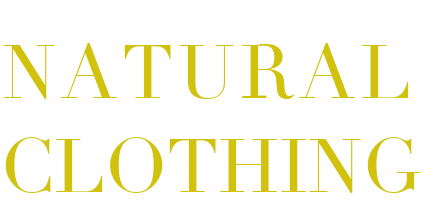

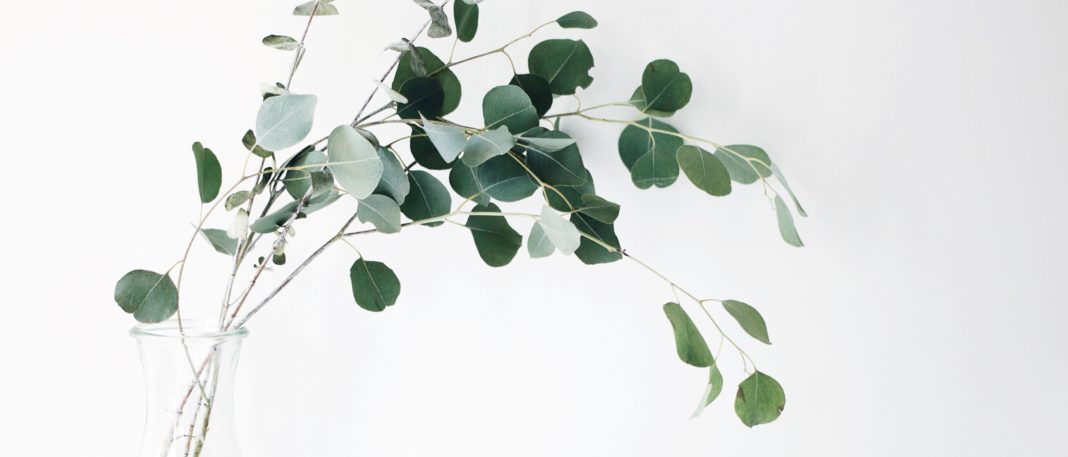



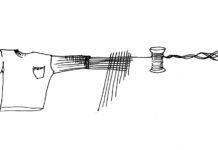
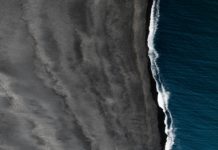
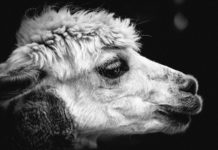
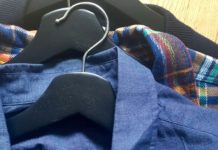
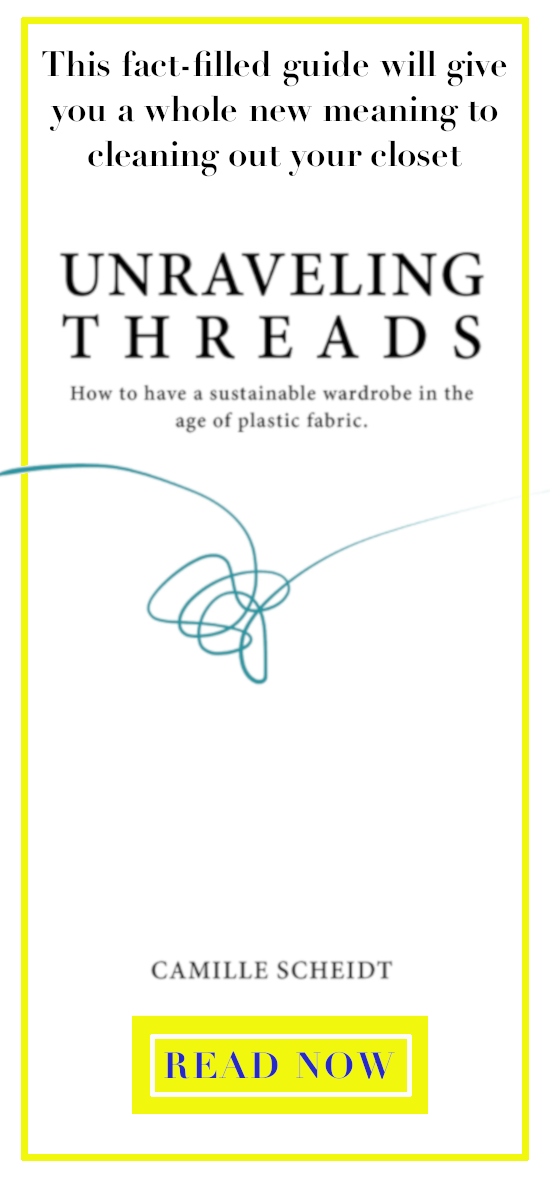




Really interesting, thanks…..here because I bought a dress in a charity shop and didn’t know what Cupro is!
[…] you see viscose it really is just another name for rayon and has the same properties. If you see lyocell or modal it’s a different story. These types of rayon are produced differently and have different […]
[…] is a great material for that luxurious look and feel. Plus, it’s durable and biodegradable. Bamboo Rayon or Lyocelle (aka Tencel) are sustainable alternatives to natural materials. Bonus: they are sourced from natural materials […]
[…] & Cupro: How Semi-Synthetic Fabrics Are Made & Their Properties. [online] Available at: https://www.naturalclothing.com/modal-rayon-lyocell-cupro-semi-synthetic-fabric/ [Accessed 4 Oct. […]
[…] https://www.naturalclothing.com/modal-rayon-lyocell-cupro-semi-synthetic-fabric/ […]
[…] and then spun into fibers using a chemical process. Thus making this type of fabric semi-synthetic. This is a great article on semi-synthetic […]